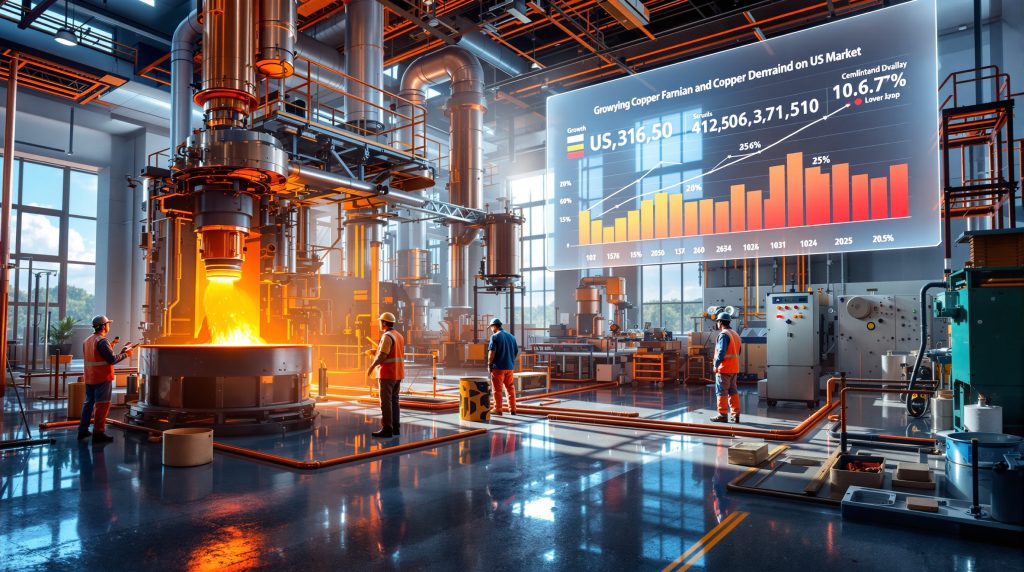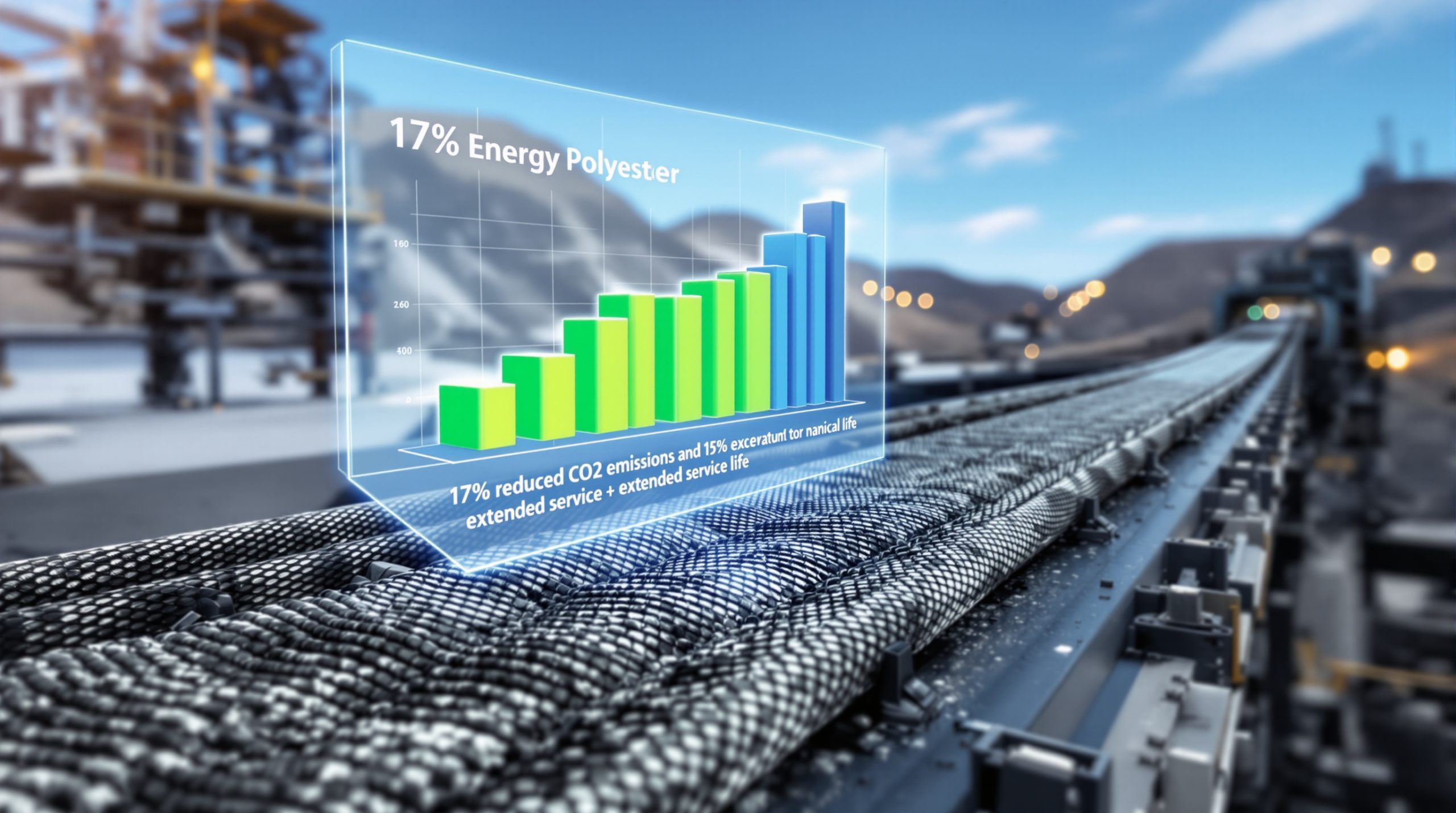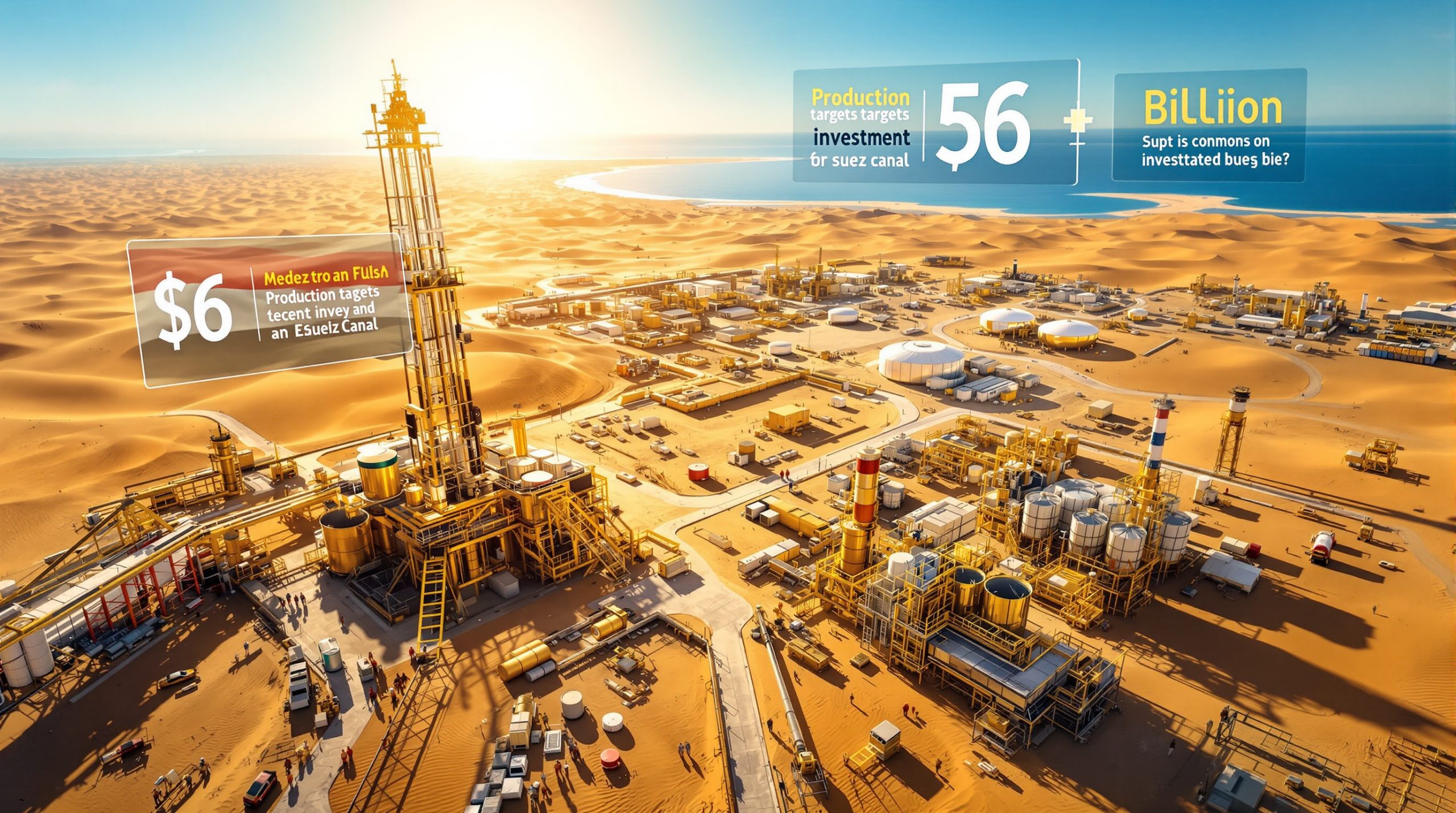Aurubis US Copper Smelter Expansion: Strategic Talks and Market Implications
Aurubis, Europe's largest copper producer, has begun discussions with the US government regarding potential support for building a new copper smelter, following the successful launch of its Georgia recycling facility. This strategic initiative comes amid changing trade policies and growing demand for domestic copper processing capacity in the United States.
The company is evaluating three distinct expansion paths to strengthen its North American presence, with government talks indicating positive signals for the most ambitious option—constructing a complete new smelter on US soil.
What is Aurubis Planning for its US Copper Operations?
Current US Recycling Plant Status
Aurubis recently achieved a significant milestone with the launch of its new recycling facility in Georgia, marking the company's first greenfield plant construction in 115 years. This facility, located in Richmond County, began production in September 2025 and is currently ramping up operations.
The plant is designed to produce 70,000 metric tons of high-grade blister copper annually, representing Aurubis' strategic entry into the North American copper recycling market. Blister copper contains approximately 98.5-99.5% copper content and requires further refining to produce cathode-grade copper used in manufacturing applications.
This investment signals Aurubis' commitment to expanding its North American footprint and capitalizing on growing recycling opportunities in the region.
Three Strategic Expansion Options Under Consideration
CEO Toralf Haag has outlined three distinct paths for Aurubis' continued expansion in the US market, each addressing different strategic objectives and timelines:
-
Construction of a complete copper smelter: This long-term project would significantly increase US smelting capacity and enable processing of copper concentrates domestically. Initial discussions with US government officials indicate potential support for this capital-intensive option.
-
Expansion of Georgia recycling operations: Adding anode furnace and tank house capabilities would enable the facility to produce finished cathode copper (99.99% purity) and potentially copper rod products directly from recycled materials, completing the value chain.
-
Development of a west coast recycling facility: This option would focus on capturing higher scrap availability in western states, particularly from electronic waste and industrial sources, following recent trade policy impact that have limited exports.
During an interview at LME Week in October 2025, Haag indicated that while a new smelter represents a long-term strategic vision, the other expansion options could potentially be realized within 3-4 years without requiring government support.
Why is the US Market Critical for Copper Production?
Current US Copper Supply-Demand Imbalance
The United States faces a significant domestic supply gap in refined copper production, creating strategic opportunities for processors like Aurubis. Current US refined copper demand stands at approximately 1.7 million tons annually, yet domestic production meets only about 50% of this demand (roughly 850,000 tons).
This supply-demand imbalance is projected to widen substantially, with demand expected to reach 2.3 million tons by 2035—representing a 35.3% increase from current levels. This growth is driven by electrical and electronic applications (50% of consumption), construction (20%), transportation (15%), and industrial machinery (15%).
The resulting 850,000-ton annual import requirement creates supply chain vulnerabilities and trade balance considerations, particularly as demand accelerates.
Global Smelter Distribution Disparities
The global distribution of copper smelting capacity shows stark imbalances that create both challenges and opportunities:
• China: 60 operational copper smelters
• Europe: 15 operational copper smelters
• United States: Only 3 operational smelters (including Aurubis' new facility)
This disparity highlights the structural deficit in US processing infrastructure compared to other major economies. As Haag noted during his interview, "There are 60 smelters in China, 15 in Europe, and now with us, only three in the US. So there's a big demand for smelting capacity."
For context, China produces approximately 10 million tons of refined copper annually while consuming about 14 million tons. The European Union produces roughly 3.4 million tons and consumes approximately 3.6 million tons, demonstrating more balanced regional supply-demand dynamics compared to the US market.
How Are US Government Policies Influencing Copper Processing?
Preliminary Government Support Discussions
Aurubis CEO Toralf Haag confirmed that the company has held preliminary talks with US government officials regarding potential support mechanisms for new copper processing capacity. These discussions reflect growing recognition of copper's strategic importance to American manufacturing, renewable energy, and defense sectors.
While specific support mechanisms have not been publicly detailed, Haag noted "positive signs from the US government that they would potentially support" a new smelter construction project. This government interest aligns with broader national security and critical minerals policies aimed at reducing dependency on foreign supply chains.
Impact of Recent Trade Policies
In July 2025, the Trump administration implemented a significant trade policy change with direct implications for copper processing:
• 50% tariff imposed on copper products
• Strategic exemptions for copper ores, concentrates, and cathodes
• Policy changes limiting scrap exports from the United States
This selective tariff structure creates economic incentives that favor domestic processing rather than importing finished goods. By exempting raw materials and cathodes while taxing finished products, the policy creates a processing spread advantage for domestic refiners.
The policy effectively encourages:
- Import of raw materials for domestic processing
- Retention of scrap materials within the United States
- Development of domestic value-added processing capacity
These changes directly influenced Aurubis' strategic planning, particularly regarding the potential west coast recycling facility that would capitalize on increased domestic scrap availability due to US tariff copper impact.
What Timeline and Investment is Required for Expansion?
Near-Term vs. Long-Term Development Options
Aurubis has outlined a staggered development approach with distinct timelines for each expansion option:
• New smelter construction: Represents a long-term strategic investment, typically requiring 3-5 years from permitting through commissioning based on industry standards.
• Alternative expansion options: Both the Georgia facility expansion (adding anode furnace/tank house) and the potential west coast recycling plant could be realized within 3-4 years without government support.
This phased approach would allow near-term expansions to generate cash flow and operational experience while supporting longer-term smelter development plans.
Financial Considerations for Expansion
While specific investment figures for the US expansion options haven't been disclosed, similar projects provide context for the scale of potential capital requirements:
• Hamburg investment: €500 million (approximately $577.7 million) for new precious metal refinery and complex recycling plant in Germany
• Industry benchmarks: A modern copper smelter facility typically requires capital investment of $500 million to $2+ billion depending on capacity and technology, with annual production capacities of 200,000-400,000+ tons considered economically viable
Haag indicated that expansion options must meet internal return-on-investment thresholds, with government support potentially "significantly altering financial calculations" for the capital-intensive smelter option.
How Will Aurubis' Expansion Impact the US Recycling Market?
Growing Domestic Recycling Opportunity
The US copper recycling market presents substantial growth opportunities that align with Aurubis' expansion strategy:
• Current market size: Approximately 440,000 metric tons annually
• Projected 10-year growth: 26% increase
• Target market size by 2035: 555,000 metric tons annually
This projected growth is supported by increasing emphasis on circular economy principles and the value of recapturing metals from complex waste streams. Aurubis' technology enables processing of electronic waste, industrial materials, and other complex copper scrap sources.
Sustainability and Supply Chain Security Benefits
Copper recycling offers significant environmental and security advantages compared to primary production:
• Energy efficiency: Recycling typically requires 85% less energy than primary copper production from ore
• Carbon footprint: Significantly reduced emissions compared to mining and processing virgin materials
• Material properties: Recycled copper retains identical physical and electrical properties to newly mined copper, allowing indefinite recycling without quality degradation
The expansion of domestic recycling capacity also enhances supply chain security by reducing dependence on international copper sources and establishing more resilient material flows within the US market.
What Additional Metal Production is Aurubis Developing?
European Precious Metals and Antimony Expansion
Beyond its US copper initiatives, Aurubis is making significant investments in precious metals and specialty materials production in Europe:
• Total investment: €500 million (approximately $577.7 million)
• Project components: New precious metal refinery and complex recycling plant
• Location: Hamburg, Germany
• Focus metals: Platinum and antimony
This diversification beyond copper demonstrates Aurubis' multi-metal strategy and recognition of the increasing value of recovering multiple materials from complex recycling streams. Antimony, classified as a critical mineral, has applications in flame retardants, lead-acid batteries, ceramics, and various alloys, with China currently dominating global copper supply forecast.
Premium Pricing Strategy
Aurubis has achieved record premium pricing for its European copper customers, reflecting the company's strong market position and tight supply conditions:
• 2026 European customer premium: $315 per metric ton
• Increase from previous year: 38%
• Description: Record premium level
These premiums are charged above standard LME copper prices and reflect the company's ability to command higher prices for its products due to quality, reliability, and market conditions.
How Does This Fit Into Global Copper Market Dynamics?
Recent Price Movements and Supply Concerns
Copper markets have experienced significant volatility in 2025, reflecting both supply concerns and changing trade dynamics:
• Peak price: $11,000 per metric ton (16-month high reached in October 2025)
• Price at time of reporting: $10,525 per metric ton (down 2.7% from peak)
• Trading venue: London Metal Exchange (LME)
This volatility has been driven by supply disruptions in key producing regions, according to recent copper price prediction analyses:
- Indonesia: Home to the Grasberg mine (one of the world's largest copper-gold operations), where operational disruptions affected global supply
- Chile: The world's largest copper producer, accounting for approximately 25-30% of global mine production
- Democratic Republic of Congo: An increasingly important producer facing infrastructure and political stability challenges
These disruptions highlight the fragility of global copper supply chains and reinforce the strategic value of developing more resilient domestic processing capacity.
Strategic Positioning in Global Production
Aurubis is strengthening its position as Europe's largest copper producer while simultaneously expanding its North American footprint amid growing global competition. This dual-continent strategy provides several advantages:
• Geographic diversification of operations
• Access to different scrap and concentrate supply markets
• Ability to serve customers in multiple regions
• Reduced exposure to regional regulatory changes
By leveraging its recycling expertise to address sustainability demands, Aurubis is positioning itself as a leader in environmentally responsible copper production while capturing growth in both established and emerging markets.
What Are the Implications for North American Copper Supply?
Domestic Production Capacity Enhancement
Aurubis' expansion plans could significantly impact US copper supply dynamics:
• Reduced reliance on imported refined copper
• Creation of jobs and economic benefits in facility locations
• Improved supply chain resilience for critical infrastructure development
With US copper demand projected to grow by 35% by 2035, domestic processing capacity expansion addresses a critical strategic gap in the metals supply chain. This is particularly important for applications in renewable energy, electric vehicles, and electronics manufacturing.
Competitive Landscape Changes
As a first-mover in expanded US recycling capacity, Aurubis is positioned to influence North American copper market development in several ways:
• Setting new benchmarks for sustainable production practices
• Influencing regional pricing and material flows
• Establishing advanced processing technologies in the US market
• Creating competitive pressure for other producers to invest in domestic capacity
These changes could accelerate the reshoring of metal processing capacity and contribute to a more balanced and resilient North American copper supply chain, opening new copper investment strategies.
FAQ: Aurubis US Copper Smelter Expansion
Why is Aurubis expanding in the United States now?
The timing of Aurubis' US expansion reflects a convergence of favorable factors: growing demand, supportive government policies including the 50% tariff on finished copper products, and a strategic gap in domestic processing capacity. The July 2025 tariff implementation created particularly favorable conditions by limiting exports of copper scrap and incentivizing domestic processing.
What types of copper scrap will Aurubis process at its US facilities?
The facilities are designed to process complex copper scrap, including electronic waste, circuit boards, copper cables, industrial residues, and other copper-bearing materials. These diverse inputs are converted into high-grade blister copper (98.5-99.5% purity) and, with additional processing capacity, can be refined to produce cathode copper (99.99% purity).
How does copper recycling compare to primary copper production?
Copper recycling offers significant advantages over primary production:
• 85% less energy consumption than mining and processing virgin materials
• Substantially lower carbon footprint and environmental impact
• Conservation of natural resources and landfill space
• No degradation of material properties through the recycling process
• Reduced dependency on mining operations subject to geopolitical risks
These benefits make recycling increasingly attractive as sustainability concerns and energy costs rise.
What factors will determine which expansion option Aurubis pursues?
Multiple factors will influence Aurubis' expansion decisions:
• Availability and terms of government support
• Market conditions and demand projections
• Capital requirements and expected returns on investment
• Permitting timelines and regulatory considerations
• Strategic fit with Aurubis' global operations
• Material availability in different US regions
• Competitive landscape developments
The company appears to be pursuing a phased approach, with shorter-term recycling expansions potentially laying groundwork for longer-term smelter development, as reported by Reuters in their recent coverage of the Richmond plant startup.
Ready to Stay Ahead of Major Mineral Discovery Opportunities?
Ensure you never miss the next significant mineral announcement by exploring Discovery Alert's proprietary Discovery IQ model, which instantly transforms complex ASX announcements into actionable investment insights. Visit the Discovery Alert discoveries page today to understand how historic mineral discoveries have generated substantial returns for early investors.




